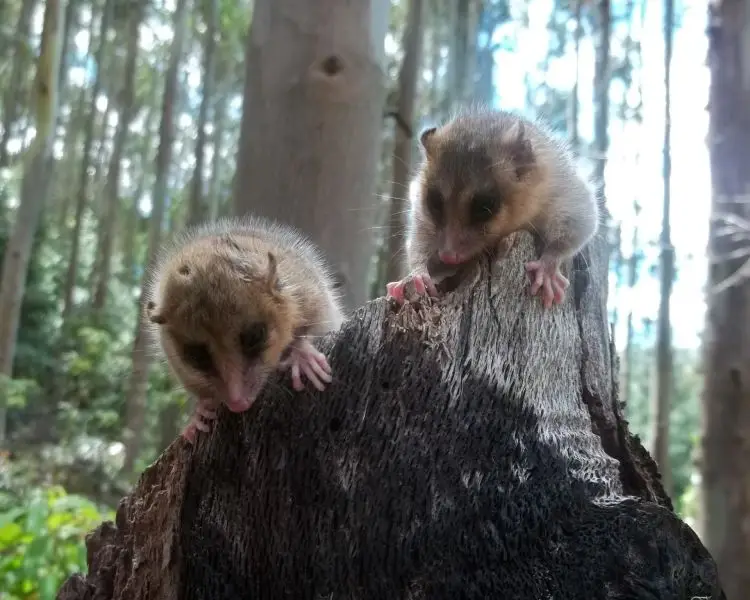When the cold and dark winter arrives, a surprising phenomenon occurs in nature: some animals prepare to hibernate, entering a long and deep rest that allows them to survive without food or water. This stage is more complex than regular sleep and involves dramatic changes in metabolism. Despite this, it has been shown that hibernating animals tend to live longer compared to other species of the same size.
Roberto Nespolo Rossi, a researcher at the Millennium Institute of Integrative Biology (iBio) and director of the Millennium Nucleus LiLi, is focused on how global warming or climate change might impact the survival of hibernators. The study specifically looks at the Dromiciops gliroides A.K.A colocolo opossum, a native mammal of the temperate rainforests of southern Chile and Argentina, known as the only mammal that hibernates in South America.
The ongoing research aims to analyze the role of the Dromiciops gliroides as a disperser of native plants and assess its future viability. As per Nespolo, they are conducting ecological monitoring of various populations of the Dromiciops gliroides, as the species are widely distributed in Chile and Argentina, with abundant populations in the south but reduced and isolated in the northern range.
Important findings about hibernation include that changes in seasonal patterns, such as climate change, could jeopardize the survival of hibernators. Additionally, the rise in winter temperatures may cause animals to emerge prematurely from hibernation, resulting in a need for 20 times more food at a time when it is not available.
Similar Post
Another discovery was the existence of a genetic regulatory network that allows hibernators to adapt to extreme environmental conditions. Nespolo specifically explained how during colocolo opossum’s hibernation, key genes related to metabolism, thermoregulation, and stress response are activated and deactivated. This genetic modulation facilitates a substantial saving of energy, with a drastic reduction in metabolic activity and body temperature. It was also established that, regardless of size, hibernating animals experience the same energy savings per gram of tissue, supporting the idea of minimal metabolism that allows cells to survive in conditions of cold and low oxygenation.
For the iBio and Millennium Nucleus LiLi expert, understanding hibernation is crucial given its impact on medicine, conservation, and understanding of life. It has been suggested that hibernation could allow the conservation of resources and the maintenance of physical and mental health of astronauts during long-duration missions, thus reducing the need for supplies and complex medical equipment. Nespolo mentioned that such potential applications could revolutionize both medicine and space exploration.
Lastly, Nespolo notes that survival under extreme conditions due to hibernation can generate valuable information that can be applied for human health benefits. He gave an example about how experts can understand the process by which animals protect their tissues from damage during hibernation, which could lead to new strategies to preserve organs and tissues in humans during medically induced hibernation, such as in cases of therapeutic hypothermia.

















![Big city Los Angeles smog building [photo source: pixabay] [PDM 1.0]](https://www.karmactive.com/wp-content/uploads/2025/04/46-of-Americans—156-M—Now-Breathe-Hazardous-Smog-and-Soot-State-of-the-Air-Report-Exposes-Decade-High-Pollution-1-150x150.jpg)